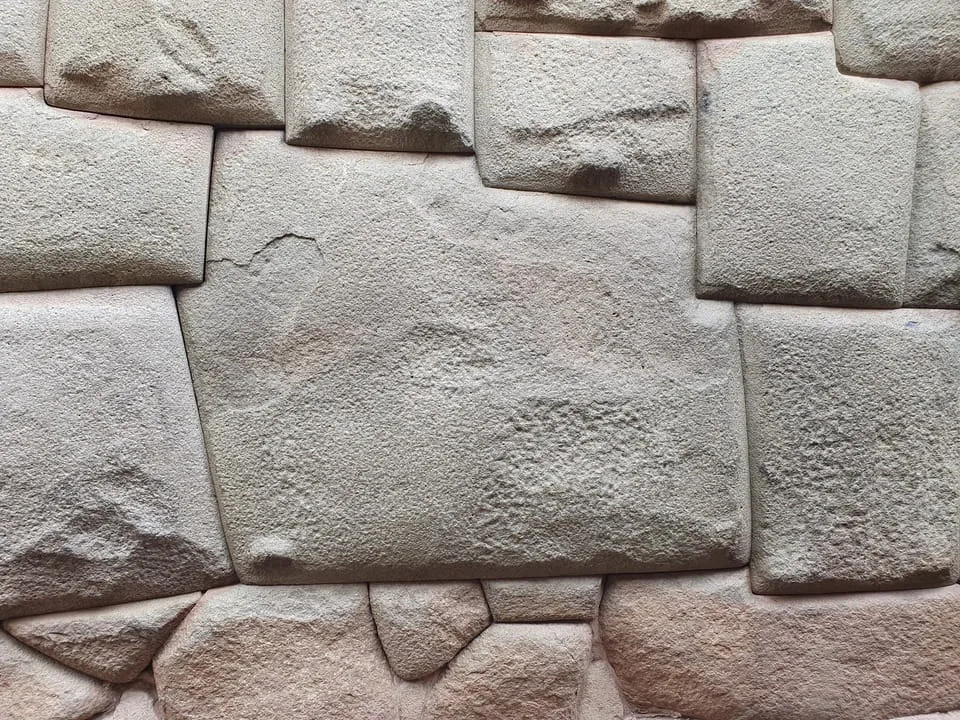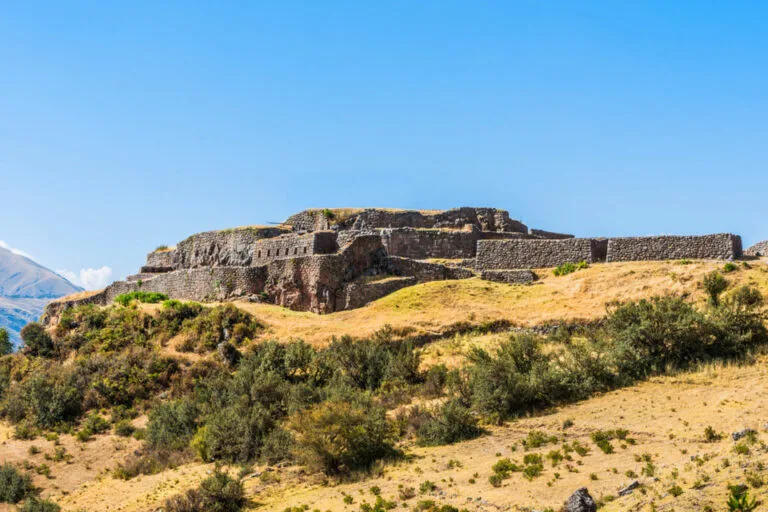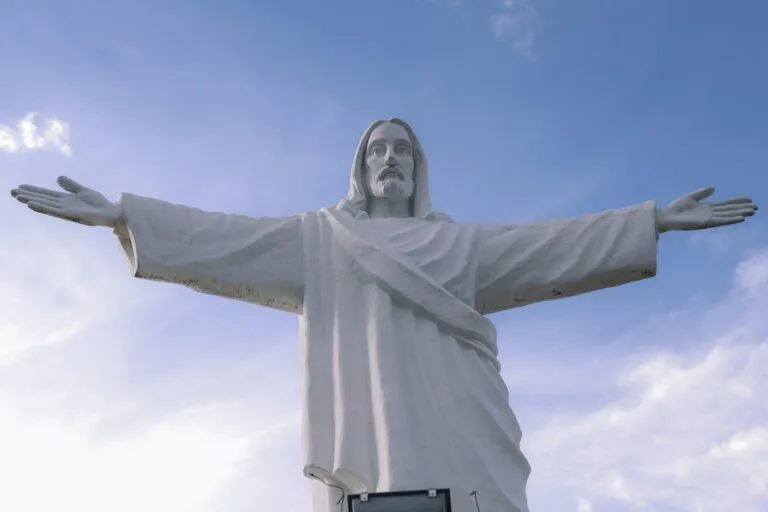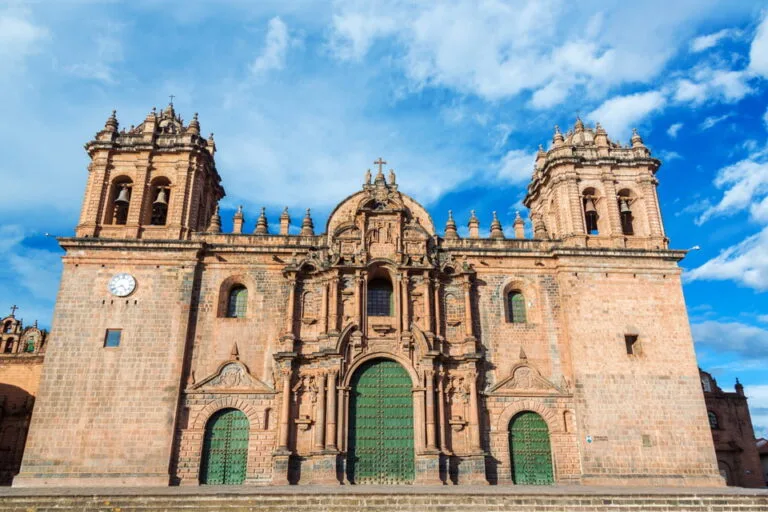The 4-day Inca Trail is one of the most iconic trekking routes in the world. This journey, which follows the ancient paths built by the Incas, takes travelers through spectacular Andean landscapes, lush cloud forests, and fascinating archaeological sites. It culminates at the majestic citadel of Machu Picchu, reached at dawn through the iconic Gate of the Sun (Intipunku).
With a perfect blend of history, nature, and spirituality, the Inca Trail is much more than a hike; it is a transformative experience that connects travelers with the legacy of one of the most advanced civilizations in human history.
What is the Inca Trail?
The Inca Trail is a segment of the extensive Inca road network known as Qhapaq Ñan, which connected the entire Inca Empire. The classic 4-day route covers approximately 42 kilometers and traverses diverse landscapes, from valleys and mountains to tropical forests.
Along the way, hikers can explore archaeological sites such as Patallacta, Runkurakay, Sayacmarca, Phuyupatamarca, and Wiñayhuayna before arriving at Machu Picchu. Each site offers a unique insight into Inca history, architecture, and culture.
4-Day Inca Trail Itinerary
Day 1: Km 82 – Ayapata
The adventure begins at Km 82, where hikers cross the Urubamba River and visit the first archaeological site, Patallacta. The trail gently ascends to the camp at Ayapata, offering spectacular views of the valley and nearby mountains.
- Distance: 11 km
- Difficulty: Moderate
Day 2: Ayapata – Pacaymayo
The second day is the most challenging, involving the ascent to Warmiwañusca Pass, known as the "Dead Woman’s Pass," at 4,215 meters above sea level. After reaching this high point, the trail descends to the Pacaymayo camp.
- Distance: 12 km
- Difficulty: High
Day 3: Pacaymayo – Wiñayhuayna
The third day is the most varied and fascinating. Hikers visit several archaeological sites such as Runkurakay, Sayacmarca, and Phuyupatamarca while crossing cloud forests and original stone trails. The day ends at the Wiñayhuayna camp, the last before reaching Machu Picchu.
- Distance: 16 km
- Difficulty: Moderate
Day 4: Wiñayhuayna – Machu Picchu
The final day starts early to reach the Sun Gate (Intipunku) at sunrise, offering the first breathtaking view of Machu Picchu. After exploring the citadel with a guide, hikers return to Cusco by train or bus.
- Distance: 5 km
- Difficulty: Low
Highlights of the Inca Trail
1. Archaeological Sites
- Patallacta: The starting point, an ancient agricultural and ceremonial center.
- Wiñayhuayna: A citadel featuring terraces, temples, and fountains.
- Intipunku: The ceremonial entrance to Machu Picchu, with stunning views.
2. Natural Landscapes
The trail crosses a diversity of ecosystems, from high mountains to tropical forests, home to unique flora and fauna, including orchids, hummingbirds, and llamas.
3. Spiritual Experience
The Inca Trail is more than a hike; it’s a connection with Andean spirituality. The Incas saw these paths as sacred routes, and rituals related to water, the sun, and nature still resonate along the trail.
Tips to Prepare
- Book in Advance: The Inca Trail has limited spots and fills up quickly, especially during high season (May to September).
- Train Physically: While you don’t need to be an athlete, good physical condition is essential to enjoy the trek.
- Bring the Right Gear: Include comfortable trekking boots, layered clothing, sunscreen, and a light backpack.
- Acclimate: Spend at least two days in Cusco or the Sacred Valley to adjust to the altitude before starting.
- Hire a Guide or Agency: This is not only mandatory but also valuable for understanding the trail’s history and culture.







